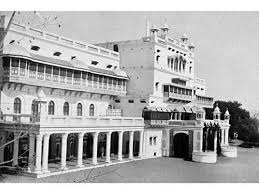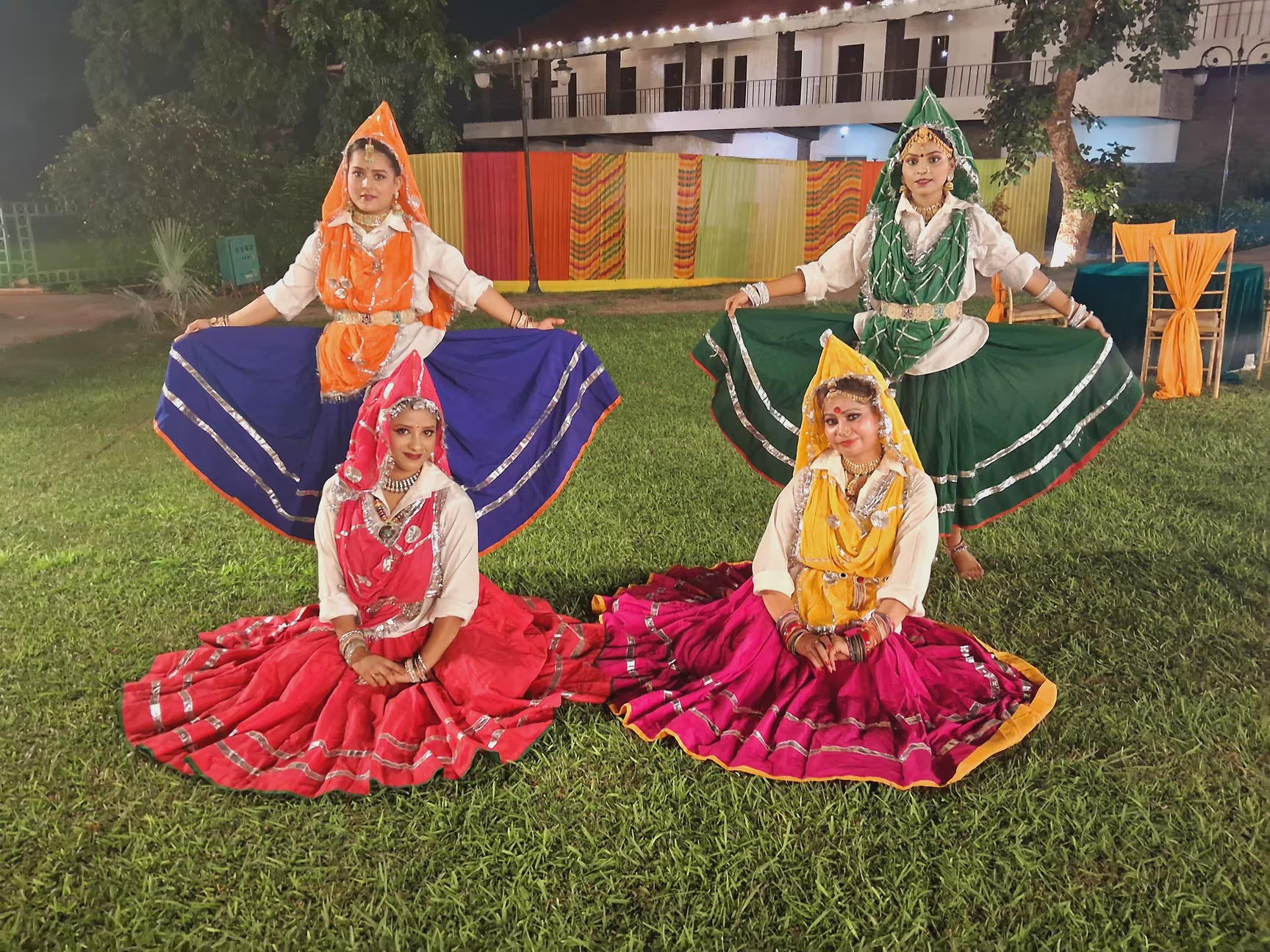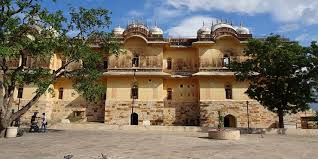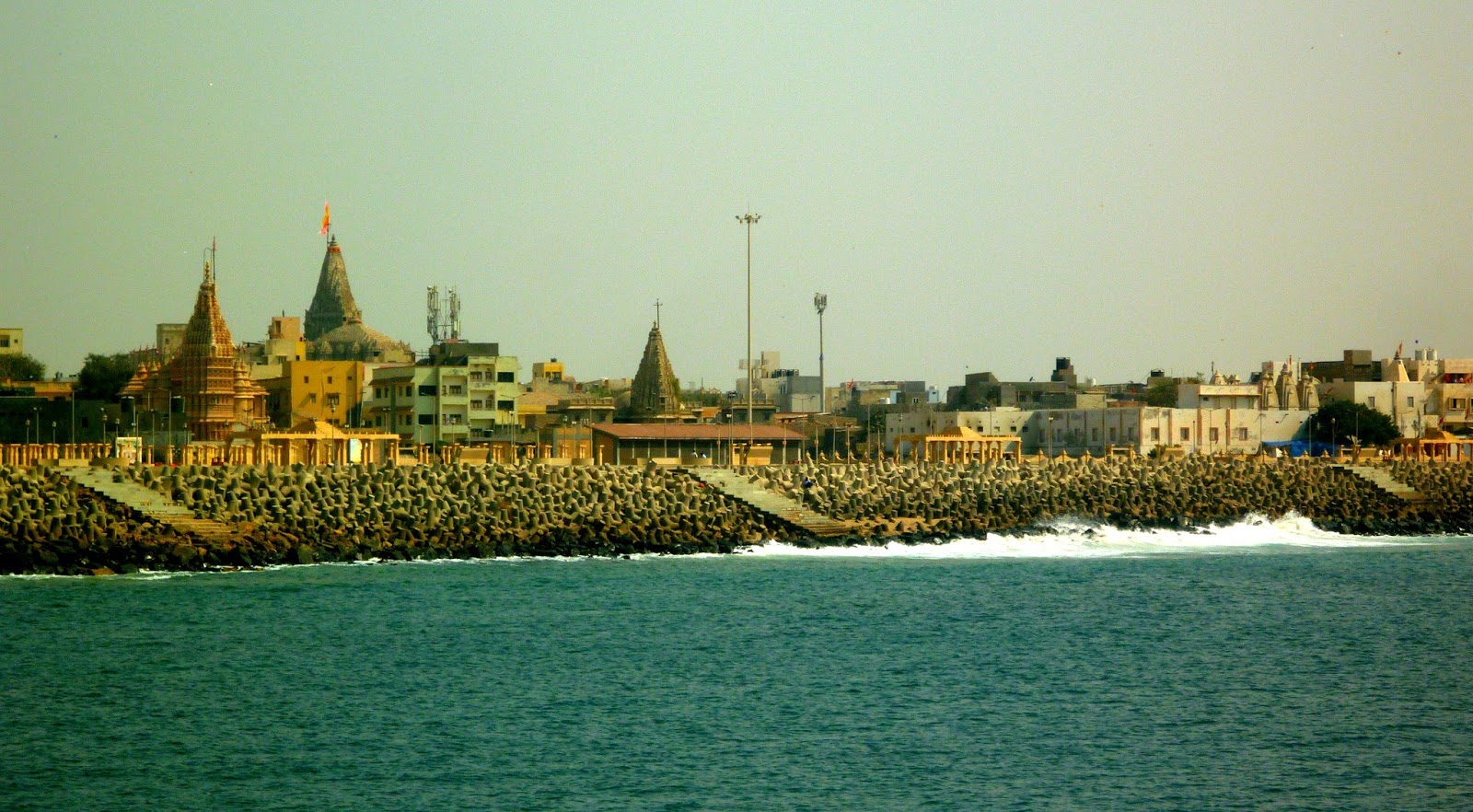The Royal Legacy of Rajgarh
Origins of Rajgarh Princely State and the Umath Rajputs
Rajgarh, a princely state in the heart of Central India, boasts a regal history deeply rooted in the valor and governance of the Umath Rajputs—a powerful sub-branch of the Paramara dynasty of Malwa. Founded in the late 15th century, Rajgarh State rose to prominence under British India and became a symbol of Rajput dignity and regional influence.
Initially centered around locations like Dungarpur and Ratanpur, the state eventually moved its capital to Rajgarh town around 1640. This strategic move helped consolidate power and administration, transforming Rajgarh into the cultural and political heart of the region.
Rajgarh Under British India
By the early 20th century, Rajgarh covered an estimated 2,492 square kilometers and supported a population of around 88,000 (1901 census). Its economy was primarily agrarian, with significant revenue generated from opium trade, agriculture, and taxes on forest resources.
The British colonial administration recognized the semi-autonomous rule, allowing the Umath Rajput rulers to maintain their titles and internal control. In return, the state paid tribute and cooperated with the British Indian political agents.
Rajgarh was eventually integrated into the Indian Union in 1948, as part of the post-independence political consolidation. However, the royal heritage and socio-cultural footprint of the Umath dynasty remained embedded in the local consciousness.
Division of Rajgarh and the Formation of Narsinghgarh
In 1681, a significant political shift occurred within the Rajgarh lineage. Paras Ramji, a prince from a cadet branch of the family, formally split from the main royal line and established the independent princely state of Narsinghgarh.
The Narsinghgarh rulers retained the title of “Raja” and held an 11-gun salute under British ceremonial protocols—denoting prestige and acknowledgment by the colonial powers.
Both Rajgarh and Narsinghgarh coexisted as princely states, maintaining royal traditions, engaging in diplomatic relations with the British, and supporting local infrastructure, education, and temple architecture.
Forts and Palaces: Architectural Grandeur of Rajgarh
The architectural legacy of the Rajgarh and Narsinghgarh states remains one of their most lasting contributions.
Narsinghgarh Fort
This historic fort exemplifies Rajput architectural style, featuring:
-
Ornate arches
-
Jharokhas (balconies)
-
Layered courtyards
-
Strong outer bastions and watchtowers
Although portions of the fort have weathered over time, its remnants continue to reflect the grandeur of Rajput engineering and aesthetics.
The Oberoi Rajgarh Palace
Some erstwhile royal structures, like the Oberoi Rajgarh Palace, have undergone restoration and now serve as luxury heritage hotels. Set against the picturesque backdrop of Madhya Pradesh’s hills and forests, the palace blends modern hospitality with historic charm, making it a favored destination for heritage tourism and destination weddings.
These forts and palaces not only represent historical pride but also serve as cultural ambassadors of Rajgarh’s illustrious past.
Rajgarh in Contemporary Times
Post-independence, Rajgarh and its surrounding princely territories were reorganized into Rajgarh District, one of the newer administrative divisions in Madhya Pradesh formed in 1948.
Today, Rajgarh is a developing urban region, known for:
-
Agriculture and forest-based livelihoods
-
Temples and folk festivals
-
Its heritage tourism potential, thanks to the surviving palaces, forts, and museums
Efforts are underway by local governments and cultural foundations to preserve and restore Rajgarh’s architectural legacy, promote sustainable tourism, and educate locals and visitors about its rich Rajput lineage.
Cultural Heritage and Traditions
The region’s folk music, local fairs, and Rajput rituals still echo the spirit of its royal past. Annual festivals and melas often involve:
-
Worship of Kuldevis (clan goddesses)
-
Rajput martial displays
-
Storytelling of ancestral valor
-
Ritual offerings in temple complexes maintained since the princely era
The traditions of Paghdi Bandhan (turban-tying), Rajputana attire, and folk performances are being revived by local organizations to educate the youth about their roots.
Places to Visit in Rajgarh for Heritage Enthusiasts
If you’re planning a heritage trip, the region offers several attractions:
-
Rajgarh Fort and Palace: Explore the grandeur and learn about Paramara architectural styles.
-
Narsinghgarh Fort: A majestic yet lesser-known fortification offering panoramic views and a historic atmosphere.
-
Temples of Rajgarh: Including ancient Shiva shrines and Jain temples that date back centuries.
-
Heritage Hotels: Stay in restored royal mansions that blend Rajput tradition with modern amenities.
-
Local Markets: Perfect for picking up Rajputana handicrafts, antiques, and local agricultural produce.
Connectivity and Accessibility
-
By Road: Rajgarh is well-connected to Bhopal, Indore, and Ujjain via state highways.
-
By Rail: The nearest major railway stations are Biaora and Shajapur.
-
By Air: The closest airport is Raja Bhoj International Airport, Bhopal (~120 km away).
Travelers often pair Rajgarh with heritage circuits in Malwa and Bundelkhand for a deeper exploration of Madhya Pradesh’s regal past.
Internal Links
Conclusion
Rajgarh’s legacy is not merely confined to historical texts—it lives on through its architectural wonders, cultural practices, and evolving tourism infrastructure. The Umath Rajputs, once rulers of a formidable Central Indian territory, left behind a heritage that still captivates history lovers, cultural scholars, and curious travelers.
As Madhya Pradesh continues to emerge as a heritage tourism hub, Rajgarh’s regal past offers an offbeat yet enriching destination—a place where history whispers through stone walls, and the echoes of royal footsteps still linger.




